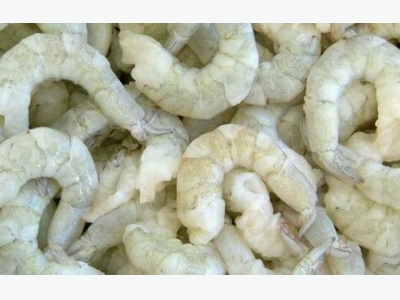US Commerce Department found at fault in Vietnamese shrimp antidumping analysis

Commerce Department made mistake in using wage rates from the Bangladeshi industry to value labor costs for Vietnam.
The US Court of International Trade (CIT) on Tuesday found the US Department of Commerce at fault for using wage rates from the Bangladeshi shrimp processing industry to value labor costs for Vietnamese shrimp exporters, according to the Southern Shrimp Alliance (SSA).
The eighth administrative review of the antidumping duty order on certain frozen warmwater shrimp from the Socialist Republic of Vietnam looked at imported shrimp between Feb. 1, 2012 and Jan. 31, 2013.
“If the US sales prices for the Vietnamese exporter's shrimp are below the cost of production in market economy countries at similar levels of economic development, then [the Department of] Commerce finds that the exporter is dumping the shrimp in the US market and establishes antidumping duty rates to counteract the unfair trade,” said the SSA.
The Ad Hoc Shrimp Trade Action Committee (AHSTAC) objected to using Bangladeshi wage values and gave the Department of Commerce evidence that the Bangladeshi shrimp industry had severe worker abuse, including child and slave labor.
“The abuse of workers, in turn, created aberrational labor values that were not representative of what wage costs would be in market economies at similar levels of economic development to Vietnam.”
The department rejected AHSTAC’s objections and AHSTAC appealed to the CIT in 2014. The CIT’s decision on Tuesday said the Department of Commerce failed to “address the evidence AHSTAC submitted alleging forced labor, child labor, and systemic labor abuses within the Bangladeshi shrimp industry,” said the SSA.
The CIT ordered the Department of Commerce to file another remand determination by July 28
Related news
 Soy sustainability protocol approved by BAP
Soy sustainability protocol approved by BAP The Global Aquaculture Alliance (GAA) Best Aquaculture Practices (BAP) has recently included the SSAP as a soy sourcing standard as a part of its revised feed
 Vietnam expecting explosive growth of its tilapia sector
Vietnam expecting explosive growth of its tilapia sector New IntraFish report takes you inside the data to show you which countries hold the key to the future of global tilapia production.
 Tru Shrimp announces first $50 million production facility
Tru Shrimp announces first $50 million production facility The farm will be supplied by a new company hatchery and more than 3,630 tons of shrimp will be processed annually.